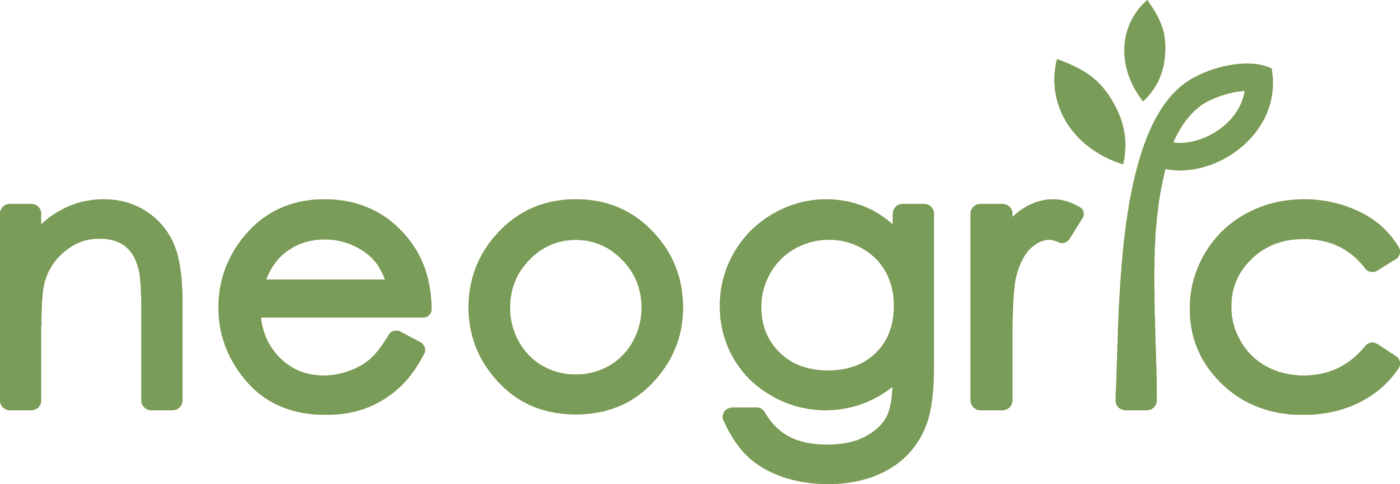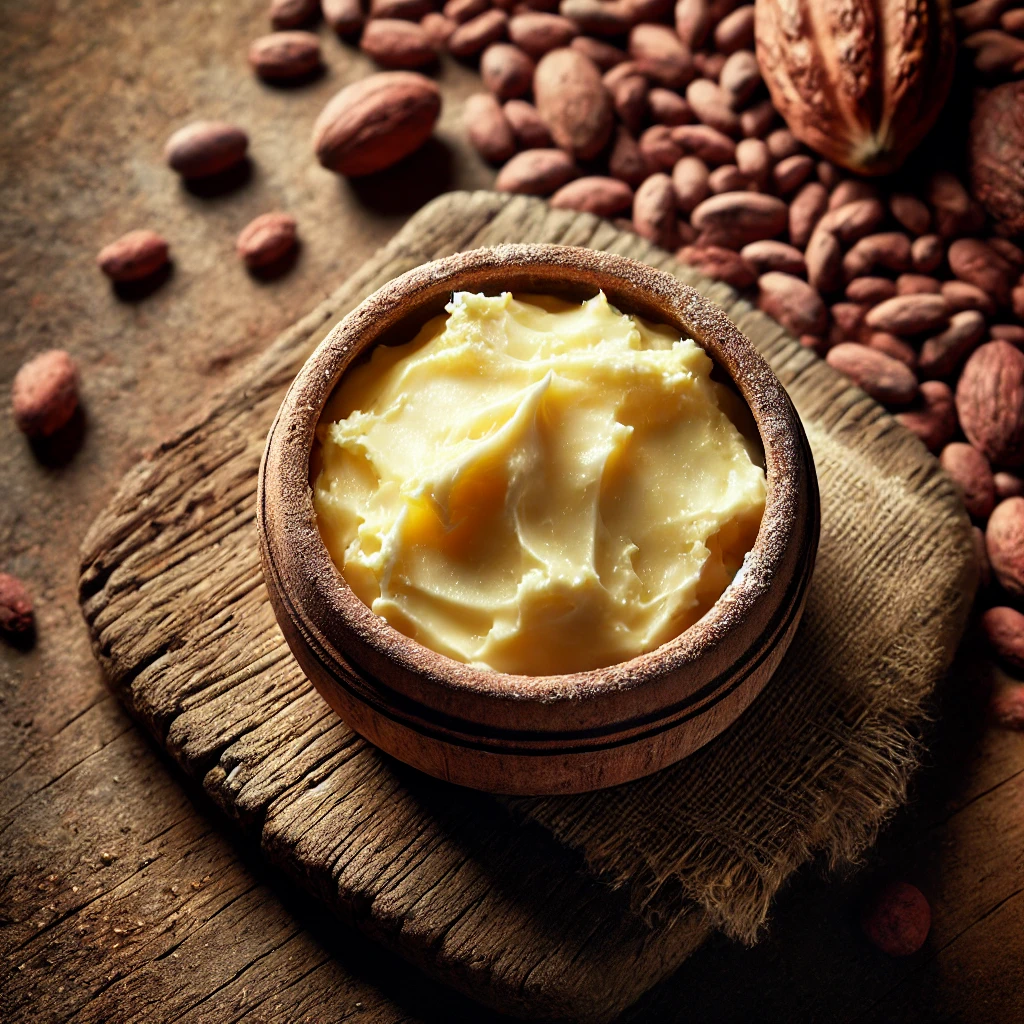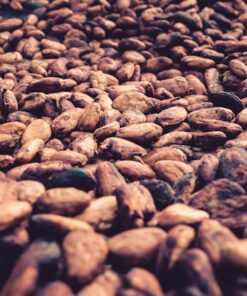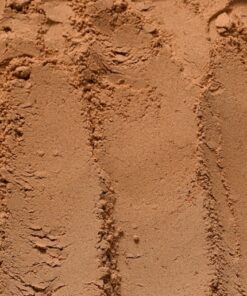What is Cocoa Butter? Why Buy It?
Cocoa butter is a natural fat extracted from the cocoa bean, the seed of the Theobroma cacao tree. It is a key ingredient in many products, particularly in the food and cosmetic industries. Cocoa butter has a pale-yellow color and a rich, creamy texture, with a slight chocolate aroma, making it highly desirable for a range of applications.
In the food industry, cocoa butter is primarily used in the production of chocolate, providing the smooth, melt-in-your-mouth texture that is characteristic of high-quality chocolate. Its unique properties, such as its stable fat composition, give chocolate its desirable consistency, preventing it from melting easily at room temperature while allowing it to dissolve smoothly on the tongue. Beyond chocolate, cocoa butter is also used in baking, confectionery, and as a dairy butter substitute in vegan recipes.
The cosmetic industry values cocoa butter for its moisturizing properties. It is a popular ingredient in lotions, creams, lip balms, and other skincare products, where it is used to hydrate and nourish the skin. The high fatty acid content in cocoa butter helps to create a protective barrier on the skin, locking in moisture and preventing dryness. Additionally, it is rich in antioxidants, which help combat free radicals and reduce the signs of aging, such as wrinkles and fine lines. Its soothing properties also make it beneficial for treating skin conditions like eczema, dermatitis, and even stretch marks.
Consumers choose cocoa butter not only for its versatility but also for its natural origin. As a plant-based fat, it appeals to those seeking natural and sustainable ingredients in their products. Its widespread use in both the food and cosmetic industries, coupled with its rich nutrient profile, makes cocoa butter a highly sought-after commodity on the global market.
Top Producing/Exporting Countries of Cocoa Butter
Cocoa butter production is closely linked to cocoa bean production, as the butter is extracted during the cocoa processing stage. The major cocoa-producing countries, which are primarily located in West Africa, also dominate the production and export of cocoa butter.
- Ivory Coast
Ivory Coast is the world’s largest producer of cocoa beans, accounting for approximately 40% of global production. Consequently, it is also a leading exporter of cocoa butter. The country’s cocoa industry is a critical part of its economy, providing employment to millions of people and generating significant export revenue. Ivory Coast’s cocoa butter is highly regarded for its quality, making it a preferred choice for chocolate manufacturers and cosmetic companies worldwide. - Ghana
Ghana is the second-largest producer of cocoa beans, contributing around 20% of the global supply. The country’s cocoa butter is known for its rich flavor and high quality, which is why it is in high demand, particularly in the European and North American markets. Ghana’s cocoa sector is well-organized, with government support ensuring the production of premium-grade cocoa butter that meets international standards. - Indonesia
Indonesia ranks as the third-largest cocoa bean producer, with a growing cocoa butter industry. While the country’s output is smaller compared to Ivory Coast and Ghana, Indonesia is focusing on increasing its cocoa processing capacity. This strategic move aims to add value to its cocoa exports by producing and exporting more cocoa butter, catering to the rising demand in Asian markets, including China and Japan. - Nigeria
Nigeria is another major player in the global cocoa market, producing a substantial amount of cocoa beans annually. The country’s cocoa butter is increasingly being exported to Europe and North America, where it is used in the production of chocolate and cosmetic products. Nigeria’s cocoa industry is also benefiting from initiatives aimed at improving the quality of its cocoa products, making its cocoa butter more competitive on the international market. - Brazil
Brazil is the largest cocoa producer in South America and a significant exporter of cocoa butter. The country has a well-established cocoa processing industry, with a focus on producing high-quality cocoa butter for export. Brazilian cocoa butter is widely used in the food and cosmetic industries, particularly in the U.S. and European markets.
Top Importing Countries of Cocoa Butter
The demand for cocoa butter is global, with several countries importing large quantities to satisfy their domestic markets, particularly for chocolate production and cosmetic manufacturing.
- United States
The United States is one of the largest importers of cocoa butter, driven by the country’s significant chocolate industry. American consumers have a strong demand for chocolate products, which fuels the need for high-quality cocoa butter. Additionally, the U.S. cosmetic industry extensively uses cocoa butter in various skincare and personal care products, further boosting imports. - Germany
Germany is another top importer of cocoa butter, home to some of the world’s largest chocolate manufacturers. The country’s demand for premium cocoa butter is driven by its robust confectionery industry, which produces a wide range of chocolate products for both domestic consumption and export. German cosmetic companies also rely on cocoa butter for their skincare lines, adding to the overall import volume. - Netherlands
The Netherlands is a key hub for cocoa trade in Europe, with the port of Amsterdam being one of the world’s largest cocoa import centers. While the country imports vast quantities of cocoa beans for processing, it also imports cocoa butter for its thriving food industry. The Netherlands is known for its chocolate and confectionery products, which are exported globally, making it a significant importer of cocoa butter. - United Kingdom
The United Kingdom imports substantial quantities of cocoa butter to support its chocolate and confectionery industries. British consumers have a long-standing affinity for chocolate, and the country’s chocolate manufacturers require a steady supply of high-quality cocoa butter to meet demand. The UK’s cosmetic industry also imports cocoa butter for use in a variety of skincare and beauty products. - France
France is a significant importer of cocoa butter, with a strong domestic market for chocolate and other cocoa-based products. The country’s culinary tradition, particularly its renowned chocolate-making industry, drives the demand for premium cocoa butter. Additionally, French cosmetic companies incorporate cocoa butter into their skincare products, contributing to the overall import volume.
International Price of Cocoa Butter Per Metric Ton
The international price of cocoa butter is influenced by several factors, including the global supply and demand for cocoa beans, production costs, and economic conditions in producing and importing countries. As a processed product, cocoa butter typically commands a higher price than raw cocoa beans.
As of mid-2024, the price of cocoa butter on the international market ranges between $4,500 and $7,000 per metric ton. This price range reflects various factors such as:
- Quality of the Cocoa Beans: Higher-quality beans yield premium cocoa butter, which can command a higher price.
- Processing and Refining Costs: The more refined the cocoa butter, the higher the cost.
- Global Demand for Chocolate: Since cocoa butter is a key ingredient in chocolate, its price is closely linked to the demand for chocolate products worldwide. Seasonal variations, such as increased chocolate consumption during holidays, can drive up prices.
- Economic Conditions: Exchange rates, inflation, and economic stability in producing and importing countries can affect the price of cocoa butter.
- Supply Chain Logistics: Shipping and transportation costs, including those influenced by global events like the COVID-19 pandemic or geopolitical tensions, can impact the final price of cocoa butter.
Cocoa butter is a high-value product with a stable demand, particularly in the food and cosmetic industries. Despite fluctuations in the global market, it remains a crucial commodity, reflecting its importance in various applications. The price per metric ton is expected to remain strong, driven by consistent demand from major importing countries and the continued growth of the global chocolate and skincare markets.
International Price of Cocoa Butter Per Metric Ton
The unit price ($ per kg) of Cocoa Butter in the international market depends on various factors, including:
- Grade and processing level(higher processing often leads to higher prices)
- Raw material costs
- Order quantity(bulk orders typically reduce cost per ton)
- Harvest season (prices are higher off-season)
- Freight and haulage costs
- Economic conditions
- Markup percentage
- Import duties
- Distance from the country of origin
- Available technology and infrastructure in the origin country
- Buyer-seller relationship
- Global demand for chocolate (Since cocoa butter is a key ingredient in chocolate, its price is closely linked to the demand for chocolate products).
- Quality of the Cocoa Beans
That said, as at August 2024, 1 metric ton (1 MT) of Cocoa Butter costs between $4,500 and $7,000 per metric ton (1,000 kilograms) in the international market (i.e. $4.5/kg to $7/kg).
How To Safely Source for Your Cocoa Butter Produce
If you find the right export company, buying directly from them can make the purchase process easy and stress-free, when compared with doing the sourcing on your own. That said, there are few things to note when dealing with an export company in Nigeria or Africa. The specific requirements for Nigeria are listed below, but they mostly apply to other African countries:
- The exporting company must be registered with the Corporate Affairs Commission (CAC) to make sure the company is registered and permitted to carry out business operations.
- The export company must also be registered with the Nigerian Export Promotion Council (NEPC).
- The company must possess a domiciliary account to accept international payments.
The company should get all necessary export-related documentation done before the shipment leaves the port of origin. Some of the documents are:
- Certificate of origin
- Bill of lading
- Inspection Certificate (SGS, Cotecna, Bureau Veritas, Intertek, etc)
- Phytosanitary certificate
- Fumigation certificate
Where To Find Reliable Exporters
An important question that still needs to be answered is how to find Cocoa Butter exporters in Nigeria. You can use any of the methods listed below:
- Attend trade fairs
- Use search engines like Google, Yahoo, etc.
- Search for agents on Linkedln
- Sign up on trade platforms (e.g. Alibaba, Tradeford, Go4WorldBusiness)
- Neogric – Neogric is one of the reliable Cocoa Butter exporters in Nigeria. Neogric is rated among the best in the exporting business in Nigeria. The company is not limited to the exportation of Cocoa Butter alone but can export other agricultural produce ranging from perishables to dry seeds.
How To Pay For Your Cocoa Butter Produce
You can pay for Cocoa Butter using different methods, but three of the popular ways of paying for your agric produce are:
- Bank (T/T) Payment
- Advance Payment
- Letter of Credit (LC)
Bank Payment (T/T)
Bank payment is also known as T/T, “Telegraphic Transfer” or “Telex Transfer” In other words, it is an international wire of funds from the buyer’s bank to the seller’s bank.
A T/T is technically not the same as a wire transfer, which is often done through the SWIFT network. However, when a seller or supplier asks for a T/T payment, a wire transfer is what they are really asking for.
The wire transfer based on the SWIFT system is the most common payment method in international trade. Typically, it takes 1-5 working days to clear, and generally costs between 25 and 50 USD, depending on your agreement with the commercial department in your bank.
Advance Payment
There are sellers that will demand anywhere from 30% to 50% advance payment, and for good reason. If both parties have done deals in the past, sellers can ask for a percentage of the sales (about 30%) before they ship the produce and they can request for the remaining amount after a scanned copy of the Bill of Lading has been sent to the buyer.
It is the safest option for exporters and it also guarantees that they will have some funds to help with sourcing. It is popular among manufacturers on B2B marketplaces like Alibaba and also with commodity traders.
However, advance payment carries considerable risk for the importer (buyer) because the exporter (seller) might not be under as much pressure to ensure quality checks compared with a stricter form of payment. Some might even disappear entirely.
Having said that, advance payment is very useful and is widely used. For instance, the seller might need to secure the commodity in the face of increased competition. It can also be used when the exporter needs some money for sourcing the produce or for processing raw materials.
The most important thing is for both importer and exporter to build mutual trust by having a track record of successful deals with each other or other known companies.
Letter of Credit
Letter of Credit is an agreement generated by the bank of the buyer, guaranteeing payment once certain conditions are met. It is one of the safest types of payment available to both buyer and seller.
Some of the types of Letter of credit are:
- Commercial Letter of Credit,
- Sight Letter of Credit
- Transferrable or Non-Transferable Letter of Credit
- Standby Letter of Credit (SBLC)
- Usance or Deferred Payment Letter of Credit
- Revocable or Irrevocable Letter of Credit
- Confirmed or Unconfirmed Letter of Credit
- Revolving Letter of Credit
- Green Clause Letter of Credit
- Red Clause Letter of Credit
L/Cs are not totally safe (for either buyer or seller) too. For instance, sellers can ship substandard products or those that are different from the ones agreed upon. In this case, the seller gets paid and the buyer receives goods he cannot use.
And speaking of the dangers of L/Cs for the exporter, the conditions in the Letter of credit might be practically impossible to fulfil; if an exporter agrees to such, he might be unable to receive payment. A report stated that of the letters of credit received in the UK, 50% are unworkable while 70% are rejected by the banks for payment.
Shipping & Delivery Terms
When shipping your products, it is important to take note of a few factors:
Order Quantity
For smaller shipments, airfreight is often the preferred option but as the order volume increases, sea freight could become significantly cheaper. Usually when the order is close to a full container load (20 ft), sea freight is used. Although the Covid-19 pandemic caused an increase in cost of delivery of products, prices have stabilised.
Cost of Delivery
When the order is of a large volume, sea freight often turns out cheaper than air freight. In fact, air freight could be up to 6 times more costly than sea freight if the volume is large enough.
Time of Delivery
Sometimes, time will be more important to the buyer than the cost of delivering the product. In this case, air freight will be the logical option (as stated above, the cost will be more). But if you have more time as a buyer, you should strongly consider using sea freight.
Incoterms
Incoterms refer to generally accepted shipping and payments terms. For example, buyers that have representatives in the source country or that can negotiate with the freight company can use the Free of Board (FOB) terms, since it gives them more control and can save them some money.
However, if the shipment is small or the buyer doesn’t have an extensive network to effectively handle payment for freight, insurance and port charges, he will be better off choosing the Cost-Insurance-Freight (CIF) payment option.
Neogric: Top Exporters and Suppliers of Cocoa Butter
We invite you to place your order for high-quality Cocoa Butter with us at Neogric. We are a trusted global commodity sourcing and trade solution provider with deep expertise in the Cocoa Butter industry. Whether you’re a small business or a large corporation, our wide range of products and technology powered, end-to-end supply chain make the export of quality Cocoa Butter easy, quick and safe. Whichever region of the world you are, be it Europe, Asia, USA, Canada, Other North/Central American countries, Africa, South America or Oceania, you can reliably order your agricultural produce and we will ensure it is successfully delivered to you, on time.
Why Buy Cocoa Butter From Neogric?
Choosing Neogric as your Cocoa Butter supplier offers several advantages:
- Quality Assurance: We maintain strict quality control standards, ensuring our Cocoa Butter and other products are of the highest quality.
- Wide Product Range: We offer a diverse selection of products, catering to various needs.
- Reliable Supply Chain: Our efficient technology-powered end-to-end supply chain ensures timely delivery of your orders.
- Expertise and Support: Our team of experts provides valuable insights and support, making your purchasing process smooth and hassle-free.
Our Cocoa Butter Trade Specifications are listed below:
- Origin: Nigeria, Ghana
- Product Name: Cocoa Butter
- Physical Specification: Based On Buyer’s Specification
- Quantity: Based On Buyer’s Specification
- MOQ: 5 Metric Ton
- Trade Process: Ex Works/FOB/CIF
- Admixture/Impurities: Based On Buyer’s Specification
- Inspection: SGS/Cotecna/Intertek/Bureau Veritas
- Packaging: Based On Buyer’s Specification
- Payment Method: TT (Bank Transfer) or L/C
- Shipping Time: 15 to 25 Days After Confirmation of TT or L/C
- Loading Port: Lagos, Nigeria or Tema, Ghana
Expected Shipping Documents
- Bill of Lading
- Certificate of Origin
- SGS Inspection Certificate
- Phytosanitary Certificate
- Fumigation Certificate
- Commercial Invoice
- Packing List
Place Your Cocoa Butter Order With Neogric
Tel: +2348147860157
Email: neo@neogric.com
WhatsApp:
